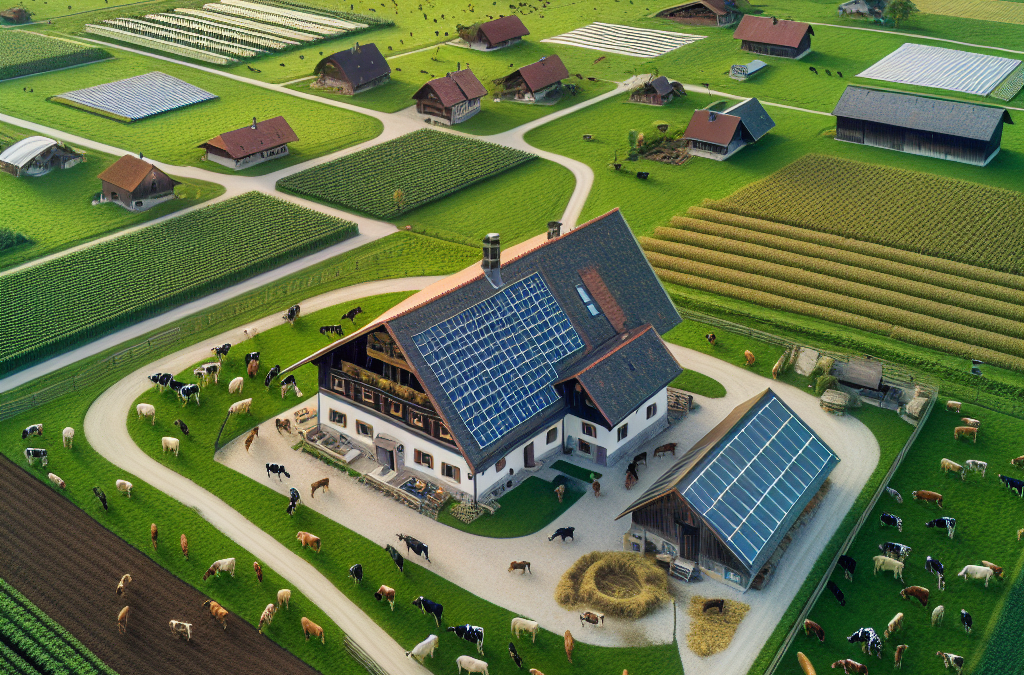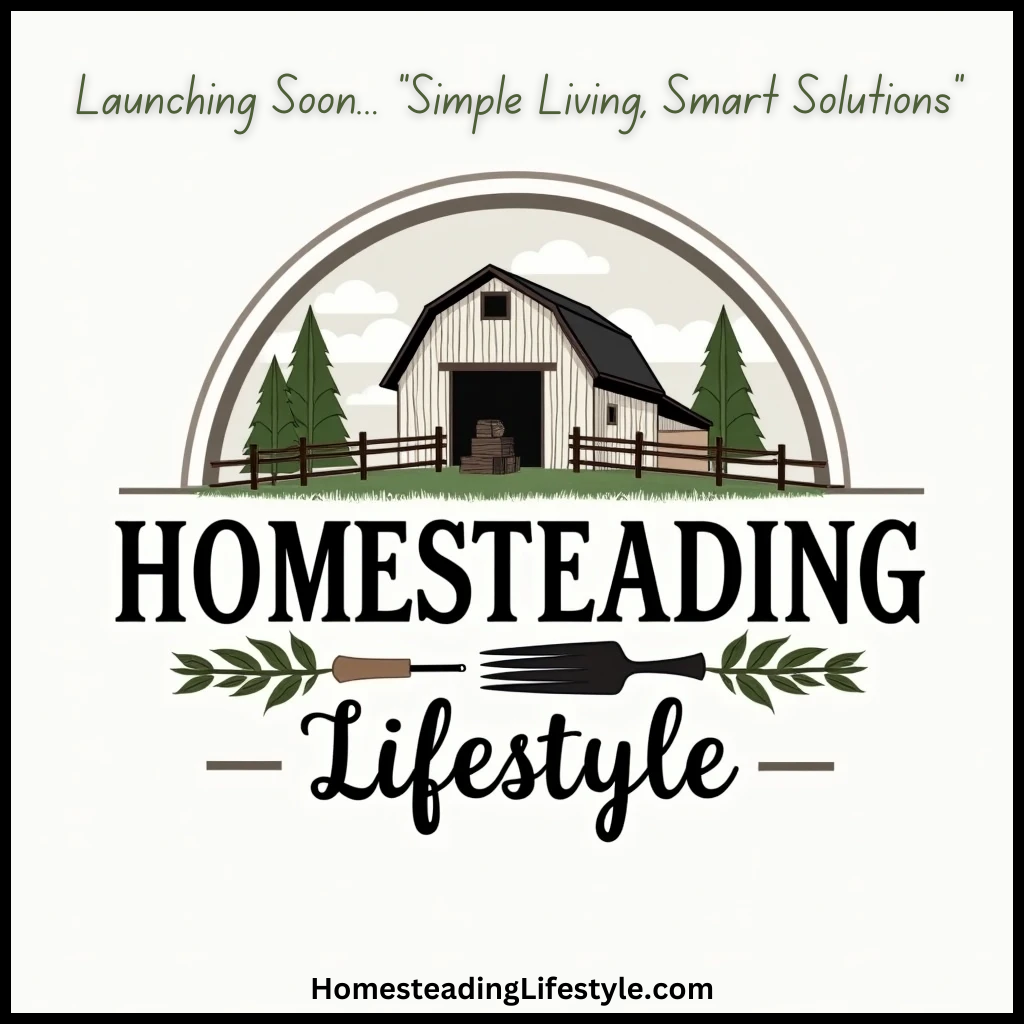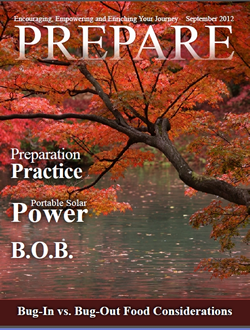Understanding Your Homestead Legacy
What is a Homestead?
Let’s start with the basics—what exactly is a homestead? To me, it’s not just a piece of land; it embodies years of hard work, love, and memories. A homestead is often a place where families gather, grow, and thrive together. It’s where we cultivate not just crops, but traditions and a sense of belonging.
Over the years, my homestead has turned into a living testament of my family’s history—full of various practices, from farming techniques to crafting homemade goods. So, recognizing the value of what you have is the first step towards preserving that legacy.
It’s essential to have a robust understanding of what your homestead means to you and your family before planning its succession. This helps in passing down not only the property but also the values and practices you’ve cultivated over time.
Why Succession Planning Matters
Now, why is succession planning so vital? Well, let me tell you—without a plan, it can get pretty messy down the line. Think about your family’s future and how important it is to maintain that connection to the land.
Succession planning helps avoid conflicts among family members and ensures that your heirs understand how to manage and care for the land they will inherit. I’ve seen it firsthand—a lack of communication leads to misunderstandings and sometimes, disappointment.
By having open discussions and documentation in place, you’re not just creating a smooth transition; you’re also fortifying family ties, which is what any homesteader desires—to see their loved ones continue the journey they started.
Engaging the Next Generation
One of the most gratifying aspects of homesteading is sharing the knowledge and love for the land with the younger generation. To engage them, you can organize workshops or hands-on sessions where they can learn the ropes, from planting seeds to maintaining livestock.
Moreover, don’t underestimate the importance of storytelling. Share your experiences—the lessons learned, the fun moments, and even the struggles. This helps forge a connection and shows them the heart behind the hard work.
Finally, involving them in decision-making from an early age can also be beneficial. Allow them to voice their thoughts on what they’d like to see for the future of the homestead. This empowers them and makes them feel more invested in the land.
Documenting Your Legacy
Creating an Estate Plan
When I first started thinking about succession, I realized I needed a solid estate plan. This document outlines how my property and assets will be handled after I’m gone. Not only does it give me peace of mind, but it also eases the burden on my family.
In my estate plan, I listed all my assets, including my homestead. I specified who would get what and under what conditions. This prevents disputes and confusion, making the transition a lot smoother for everyone involved.
It’s advisable to consult with an attorney who specializes in estate planning. They can offer insights that you might not think about, ensuring that your wishes are legally documented and enforceable.
Keeping Communication Open
Another thing I’ve learned is that communication is key. Regular family meetings about the future of the homestead can keep everyone on the same page. Whether it’s discussing changes in farming practices or estate plans, having regular check-ins fosters collaboration.
I also encourage my family to express their feelings and concerns. It helps in addressing any anxieties they might have regarding ongoing operations or plans. Each family member should have a voice in this process.
Sharing your vision of the homestead will also reassure them. By painting a picture of the future, they can feel more connected to the plans being laid out.
Creating a Practical Guide
A practical guide can be super handy for the next generation. In my experience, I compiled a manual detailing daily operations, maintenance tips, and seasonal tasks that need attention. This guide becomes a roadmap for anyone taking over.
Including photographs and personal anecdotes can make it even more special. It transforms a regular guide into a cherished family heirloom. I’ve found this not only preserves the knowledge but also adds a personal touch that resonates.
Consider digital options too—a shared online document or website can be beneficial. That way, updates can be made easily and consistently shared with family members, no matter where they are.
Planning for the Unexpected
Risk Assessment
Life is unpredictable—trust me, I’ve had my fair share of surprises! That’s why conducting a risk assessment for your homestead is crucial. Consider potential hazards like natural disasters, financial downturns, or even personal health issues.
Take a moment to evaluate how each risk could impact your homestead and your family’s ability to manage it. Once you’ve identified the risks, brainstorm ways to mitigate them. I recommend developing contingency plans, such as insurance policies that specifically cover homestead operations.
Also, having an emergency fund dedicated to the homestead can provide reassurance. It’s good to know there’s a safety net in case something goes awry.
Training for Future Management
As part of your succession plan, consider how your successors will manage the homestead. Providing training or mentorship opportunities can empower them to confidently step into their roles when the time comes.
Seek out local workshops or online courses that focus on homesteading skills, be it organic gardening, woodworking, or animal husbandry. Encouraging my family to attend such programs has been beneficial and creates a shared learning experience.
Real-world experience is invaluable. Encourage them to take on responsibilities while you’re still around to guide them—think of it as an apprenticeship. This hands-on approach will ease their feelings of being overwhelmed when it’s their turn.
Legal Measures
It’s smart to think about legal measures to protect your homestead from being sold or altered against your wishes. Trusts can be a great option. They ensure a smooth transition of ownership while keeping the control in your family.
Discussing these options with an estate attorney will help you see what suits your situation best. You want to ensure that, regardless of what happens, the homestead remains in the family and continues to serve its purpose as a nurturing space.
Finally, keeping everything documented will be a lifesaver. Make sure all agreements are legally binding and up to date to avoid any potential challenges down the road.
Fostering Family Connections
Building Traditions
Traditions — man, they matter! Establishing traditions around your homestead is a beautiful way to keep family bonds strong. Whether it’s an annual planting day or a harvest festival, these traditions create lasting memories.
These events allow extended family to come together, fostering a sense of belonging. I love watching the younger generations take part and learn. It creates a cycle of knowledge and love that enriches everyone’s lives.
Documenting these events through photos or journals can further enhance their significance and encourage future gatherings. Nothing keeps the spirit alive like reminiscing over past memories!
Encouraging Generational Input
Getting input from younger generations is crucial. They often have fresh ideas and perspectives on what could work better for the homestead or how to adapt to changing times. Don’t shy away from new techniques they bring to the table!
Hold regular family meetings to encourage ongoing dialogue. Each family member should feel valued by sharing their vision for the homestead’s future. This collective voice can strengthen family ties.
Including them in decision-making ensures they’ll feel responsible for the care and continuation of what their predecessors built. It ignites a sense of pride that’s essential for maintaining your family homestead culture.
Celebrating Together
Lastly, celebrate achievements together—big or small. Whether it’s a successful harvest, a new project, or simply a family gathering, honoring these moments fosters family unity and enthusiasm.
Creating rituals around these celebrations can amplify their impact. For example, establishing a “Harvest Potluck” where everyone brings a dish made from the season’s bounty can be a fun tradition.
Through celebration, you not only honor your family’s history but also empower the next generation to carry forward the legacy of love and hard work that built the homestead. Celebrating together is what keeps the spirit of the homestead alive!
Frequently Asked Questions
1. What is the first step in planning for homestead succession?
The first step is understanding your homestead and its significance to you and your family. Reflecting on what it represents helps lay the groundwork for developing a solid succession plan.
2. How can I engage younger generations in the homestead?
Engaging younger generations can be done through hands-on experiences, storytelling, and involving them in decision-making. Sharing responsibilities and knowledge is key to creating a connection.
3. Why is communication important in homestead succession?
Communication is essential to ensure everyone involved understands their roles and expectations. It helps prevent misunderstandings and conflicts in the future, strengthening family bonds.
4. What legal measures should I consider for succession planning?
Consider establishing an estate plan, including trusts, to secure the homestead’s future. Consulting an estate attorney can provide guidance on the best legal approach for your specific situation.
5. How can traditions impact the future of a homestead?
Traditions create lasting memories and foster connections within the family. Establishing rituals makes the homestead a place of love and shared experiences, encouraging future generations to cherish and maintain it.





